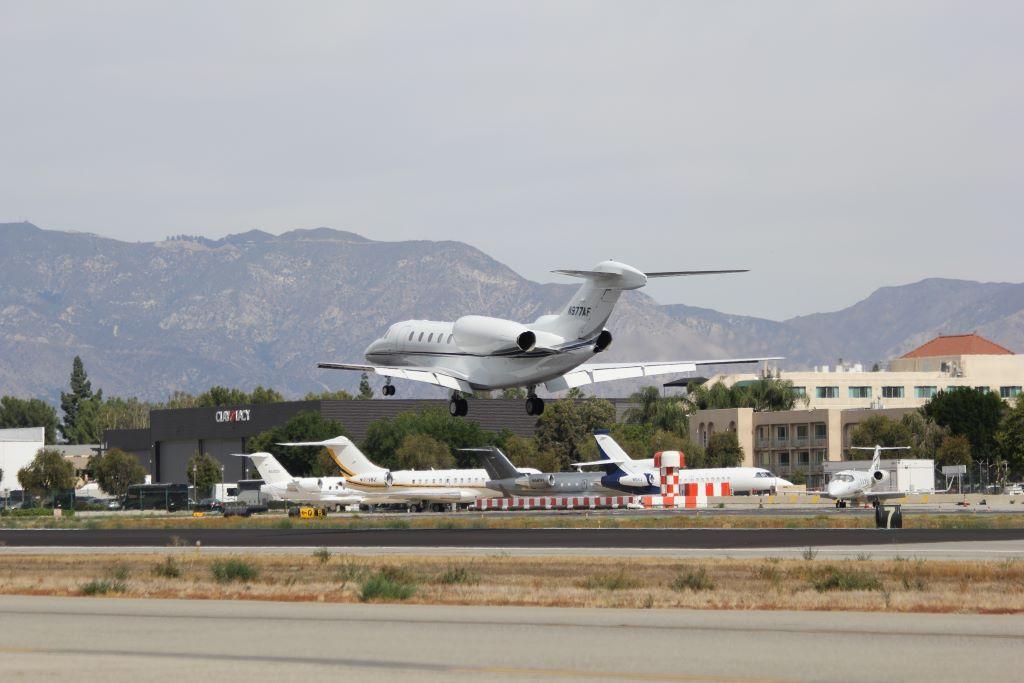Military To Increase GPS Jamming In March

The U.S. military will be jamming GPS signals in three regions of the country to test defense readiness on a variety of dates for the remainder of March 2022.
The jamming has the potential to cause serious disruptions among civil aviation operations where GPS signals will become unreliable or even unusable for navigation, experts note.
Notices to Airmen will be issued to alert pilots of the tests.
“For those that are finding themselves in the affected areas, the outages will be significant,” says Douglas Carr, National Business Aviation Association vice president of safety, security, sustainability and international operations.
The military is conducting the tests because of the likelihood that GPS satellites may be targeted in the event of conflict, according to OpsGroup, a membership organization of pilots, flight dispatchers, schedulers and controllers.
The impact of such an attack could have the ability to dismantle the military’s ability to navigate, operate surveillance, and deploy weapons accurately. If such an event occurred, the military must be prepared.
Ongoing GPS jamming is not a new phenomenon, however, the extent of the activity, including the duration and amount of area affected, represents much greater volume than past testing.
Carr advocates that GPS jamming is not in civil aviation’s best interest.
“We have a lot of users who rely on this: EMS flights, law enforcement, a whole network of users including our members,” he says. “We continually encourage the government to do less testing, or make that testing less impactful, so they can best determine the needs of the military while minimizing the impact on the civilian sector.”
To avoid getting caught off guard, Carr recommends conducting a RAIM (Receiver Autonomous Integrity Monitoring) check, which is enough to verify any existing jamming before flight commences.
However, he acknowledges that usually at that point in the preflight phase, plans have already been made to depart, meaning this sort of last-minute awareness would not be too helpful if jamming is present.
Apart from being aware of potential GPS outages, the best way to mitigate against these tests would be to fall back on old school, ground-based navaids, which should provide enough coverage in the affected areas, Carr says.
OpsGroup clarifies that aircraft within 350 nm of the tests may see outages.
It’s best to plan ahead, experts say, and to report outages to air traffic control.
Despite the inconvenience, with proper planning, unexpected hiccups and crises can be mitigated or avoided altogether.
The following regions will be affected on the following dates, according to OpsGroup:
Southeastern USA
A carrier strike group will be carrying out tests off the coast of South Carolina.
28 March 1200z – 1630z
Southwestern USA
Testing is planned over Fort Irwin, California
18 March 0700z – 1259z
19 March 0700z – 1259z 1830z – 2200z
20 March 1830z – 2200z
21 March 0700z – 1259z 1830z – 2200z
22 March 1830z – 2200z
Alaska
Testing will occur at Fort Greely
18 March 2200z – 2359z
19 March 1800z – 2300z
20 March 2200z – 2359z
21 March 1800z – 2300z
22 March 1000z – 1700z
23 March 2200z – 2359z
24 March 1800z – 2300z
25 March 2200z – 2359z
For further information from OpsGroup, including maps of the affected jamming areas, see https://ops.group/blog/signal-jam-us-gps-interference-testing-this-mont…




